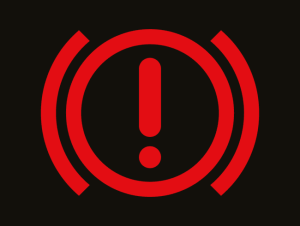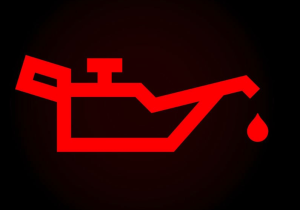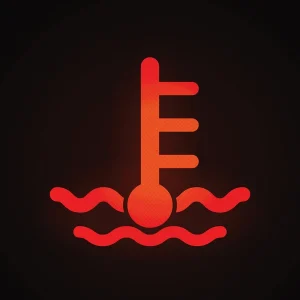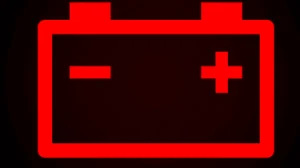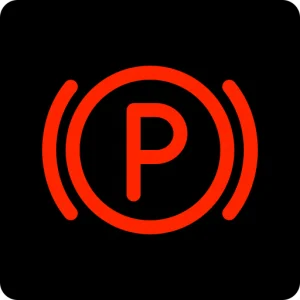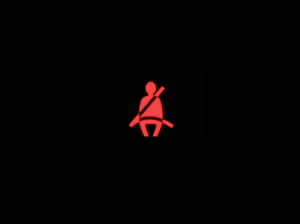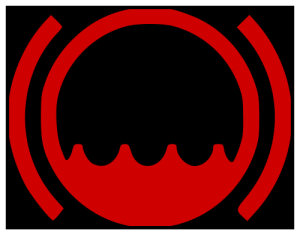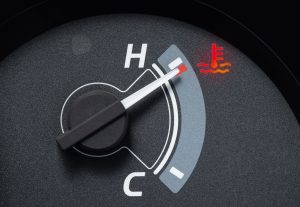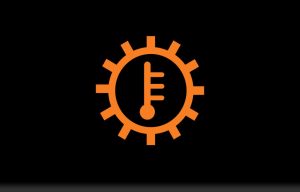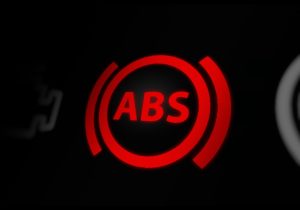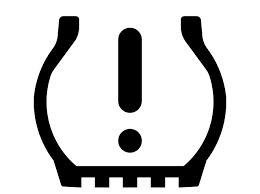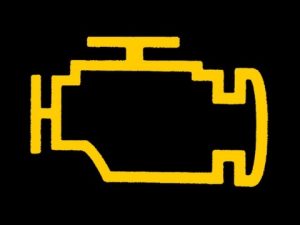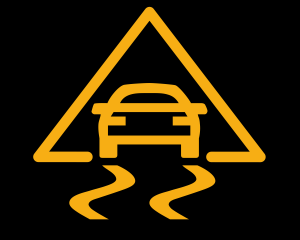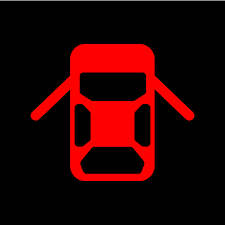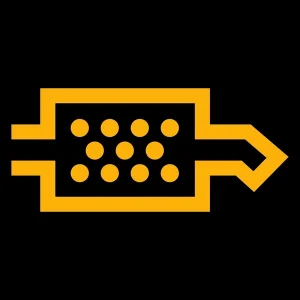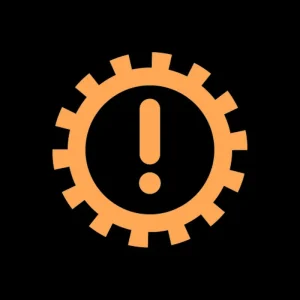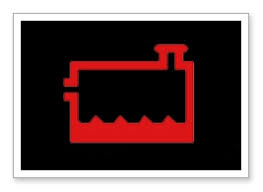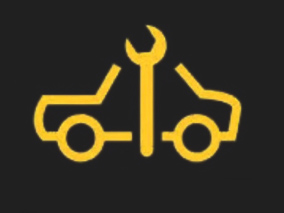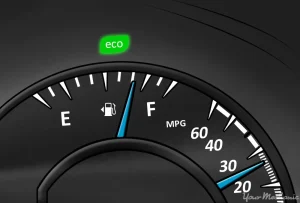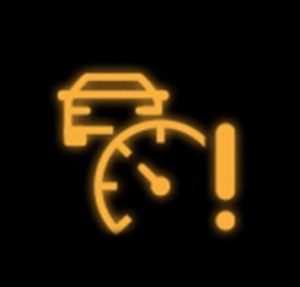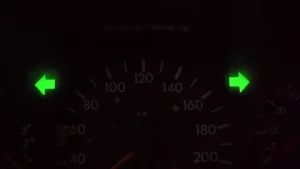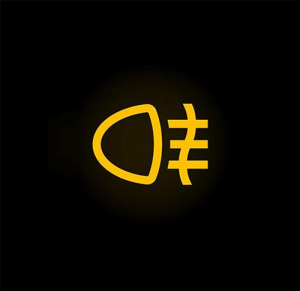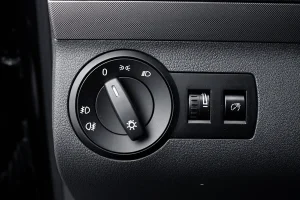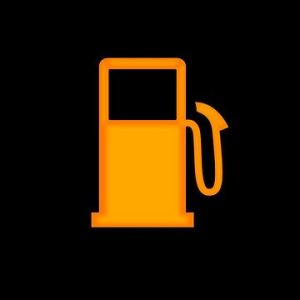Understanding dashboard warning lights in your Mini Hatch is essential for maintaining vehicle safety, as they alert you to potential issues that could lead to accidents or breakdowns if ignored. Recognizing these lights helps with timely maintenance, preventing costly repairs and ensuring the car operates efficiently. By categorizing them by color, drivers can quickly assess the urgency and take appropriate action.
Quick Navigation
Red Warning Lights (Stop Immediately)
These indicate serious problems requiring you to stop the vehicle safely and seek immediate help to avoid damage or danger.
Brake System Alert
This light signals low brake fluid, worn pads, or a hydraulic fault. Stop driving, park safely, and contact a mechanic to check and fix the issue before resuming.
Engine Oil Pressure
Low oil pressure or overheating can damage the engine. Pull over immediately, check oil level, and add if needed; do not drive until resolved.
Coolant Temperature
High engine temperature from low coolant or leaks. Stop the car, let it cool, check coolant levels, and seek professional help to prevent engine damage.
Battery Charge
The battery is not charging properly, possibly due to alternator failure. Stop and turn off the engine; have the charging system inspected right away.
Airbag System
A fault in the airbag system that may prevent deployment in a crash. Stop and visit a service center to diagnose and repair for safety.
Power Steering Failure
Loss of power steering assistance from low fluid or pump issues. Pull over as steering may be hard; get it checked by a mechanic immediately.
Parking Brake Engaged
The parking brake is still on or there’s a system fault. Release it fully; if it stays lit, stop and have the brakes inspected.
Seatbelt Reminder
A seatbelt is not fastened for an occupied seat. Stop and ensure all passengers buckle up before driving.
Low Brake Fluid
Brake fluid level is too low, risking brake failure. Park immediately and top up fluid or call for service.
Engine Overheat
Engine temperature is critically high. Stop the vehicle, turn off the engine, and allow cooling; check for causes like leaks.
Transmission Overheat
Transmission fluid is too hot or low. Pull over to cool down and check fluid levels; avoid driving until fixed.
ABS Critical Failure
Anti-lock braking system has a severe fault affecting stopping. Stop and seek immediate repair.
Tyre Pressure Critical
Tyre pressure is dangerously low, risking blowouts. Stop, check and inflate tyres, or call for assistance.
AdBlue No Restart
AdBlue fluid is critically low, preventing engine restart soon. Stop and refill AdBlue to avoid being stranded.
Yellow/Amber Warning Lights (Action Required Soon)
These highlight issues that need attention soon to prevent escalation, but you can usually continue driving carefully.
Check Engine
Engine or emissions system has a fault. Drive cautiously and visit a service center for diagnostics.
Electronic Stability Program (ESP)
Stability control system is faulty or active on slippery roads. Have it inspected and adapt driving (ESP similar to DSC in sources).
Glow Plug
For diesel models, glow plugs are not heating properly. Check soon to ensure easy starts in cold weather.
Door Ajar
A door is not fully closed. Check and secure all doors before continuing.
Diesel Particulate Filter (DPF)
Filter is clogged, needing cleaning or regeneration. Drive at higher speeds or visit service to clear it (standard diesel light).
Transmission Fault
Gearbox issue like low fluid. Check fluid and get serviced soon to prevent damage.
Coolant Low
Coolant level is dropping. Top up and monitor for leaks; service if needed.
Service Vehicle Soon
Maintenance like oil change is due. Schedule a service appointment promptly.
Emissions Control
Fault in emissions system. Have it checked to maintain performance and pass inspections.
Green Warning Lights (Information Only)
These inform you that a system is active or functioning normally, with no action needed.
Eco Mode
Fuel-saving mode is engaged, reducing power for efficiency. No action; it’s optimizing fuel use.
High Beam Indicator
High beams are on. Switch to low beams when approaching other vehicles.
Cruise Control
Cruise control is active, maintaining set speed. Adjust as needed for conditions.
Turn Signal
Indicators are blinking for a turn or lane change. Ensures others see your intent.
Front Fog Lights
Fog lights are on for better visibility in fog. Turn off when not needed to save battery.
Rear Fog Lights
Rear fog lights are active. Use in low visibility; switch off otherwise.
Parking Lights
Parking lights are on for visibility when parked. No action required.
Automatic Headlights
Headlights are automatically adjusting to light conditions. System is working as intended.
Low Fuel Indicator
Fuel level is low but not empty. Refuel soon; informational (sometimes green).
Hazard Lights
Hazard flashers are on, warning other drivers. Use during emergencies

